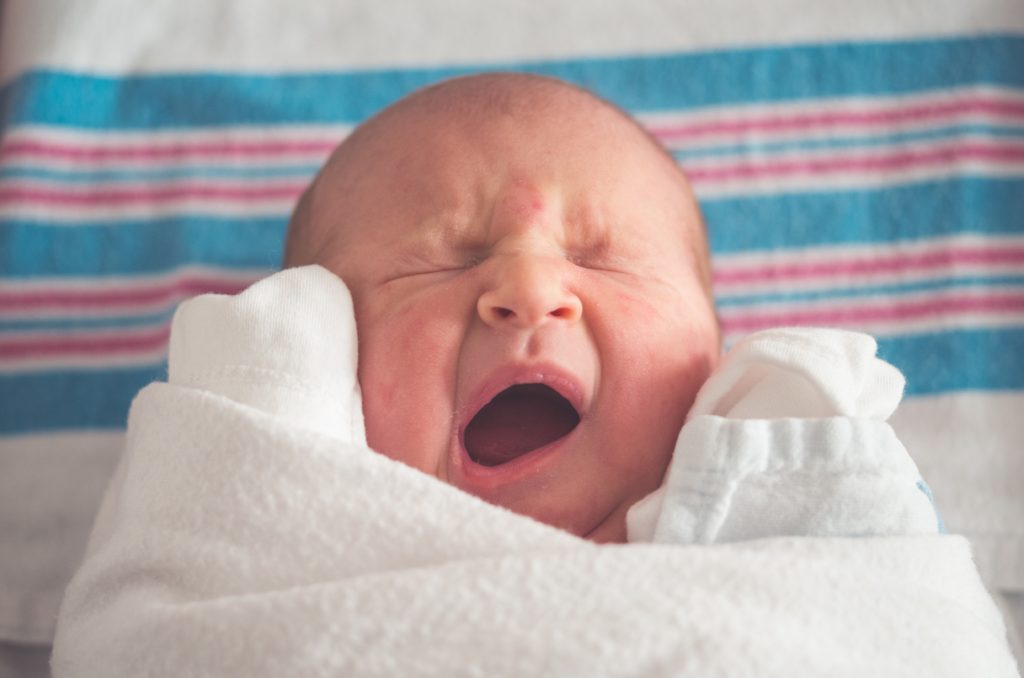
A recent research study on Sudden Infant Death Syndrome (SIDS) was published this year by Australian researcher Dr. Carmel Harrington identifying a possible link between the disease and an enzyme present in blood.
According to the Mayo Clinic, SIDS is identified as “the unexplained death, usually during sleep, of a seemingly healthy baby less than a year old.”
For the study, Harrington gathered blood samples of newborn infants and screened the samples for activity levels of the enzyme, Butyrylcholinesterase (BChE), over the course of five years.
Out of a group of 67 infants that passed away, 26 of their deaths were linked to SIDS. After examination, Harrington and her team determined BChE activity levels were lower in infants who died of SIDS.
BChE is linked to the autonomic nervous system, the system which regulates heart rate, blood pressure and respiration.
The identification of the BChE biochemical marker is promising, however, Harrington and her team acknowledge the cause of SIDS in “multifactorial.”
The “triple-risk” model is used to explain SIDS, a model which outlines three factors which need to occur simultaneously to result in SIDS. The infant must be vulnerable, in a state of critical development and experience an external stressor.
Harrington said there had “never been a way to identify those vulnerable infants” until their research, which identified the link between BChE and SIDS.
Harrington lost her own child to SIDS 29 years ago and has since dedicated her career to understanding more about the condition.
“This discovery has opened up the possibility for intervention and finally gives answers to parents who have lost their children so tragically,” Harrington said. “These families can now live with the knowledge that this was not their fault.”
Utah junior high school teacher Kayla Bundy teaches her students about the condition as a part of her human development curriculum.
“When we’re talking about infancy, we talk about SIDS,” Bundy said. “I find that most of my kids have never heard about it and when we talk about it they’re horrified. They’re like, ‘What do you do?'”
As a new mom herself, Bundy says the prospect of SIDS frightens her.
“My perspective has changed and intensified,” Bundy said. “How do you even handle it? It’s an added stress that hits closer to home now.”
BYU Professor Chris Porter labeled the research as a “step in the right direction.”
Porter, a specialist in infancy and human development, said SIDS is heartbreaking for parents and there is a lot of sorrow associated with the condition.
Porter also emphasized the study is just one piece of the puzzle.
“It’s exciting and I don’t want to downplay the research,” Porter said. “However, it isn’t a cure yet. It’s still important to follow proper sleeping procedures and protocol to make sure your infant is safe.”
Porter, like Harrington, acknowledged there is more to SIDS than one enzyme.
“It was a small study and a small sample size and it needs replication,” Porter said.
Harrington said the next stages of research will take around five years to complete.
“This discovery changes the narrative around SIDS and is the start of a very exciting journey ahead,” Harrington said. “We are going to be able to work with babies while they are living and make sure they keep living.”




